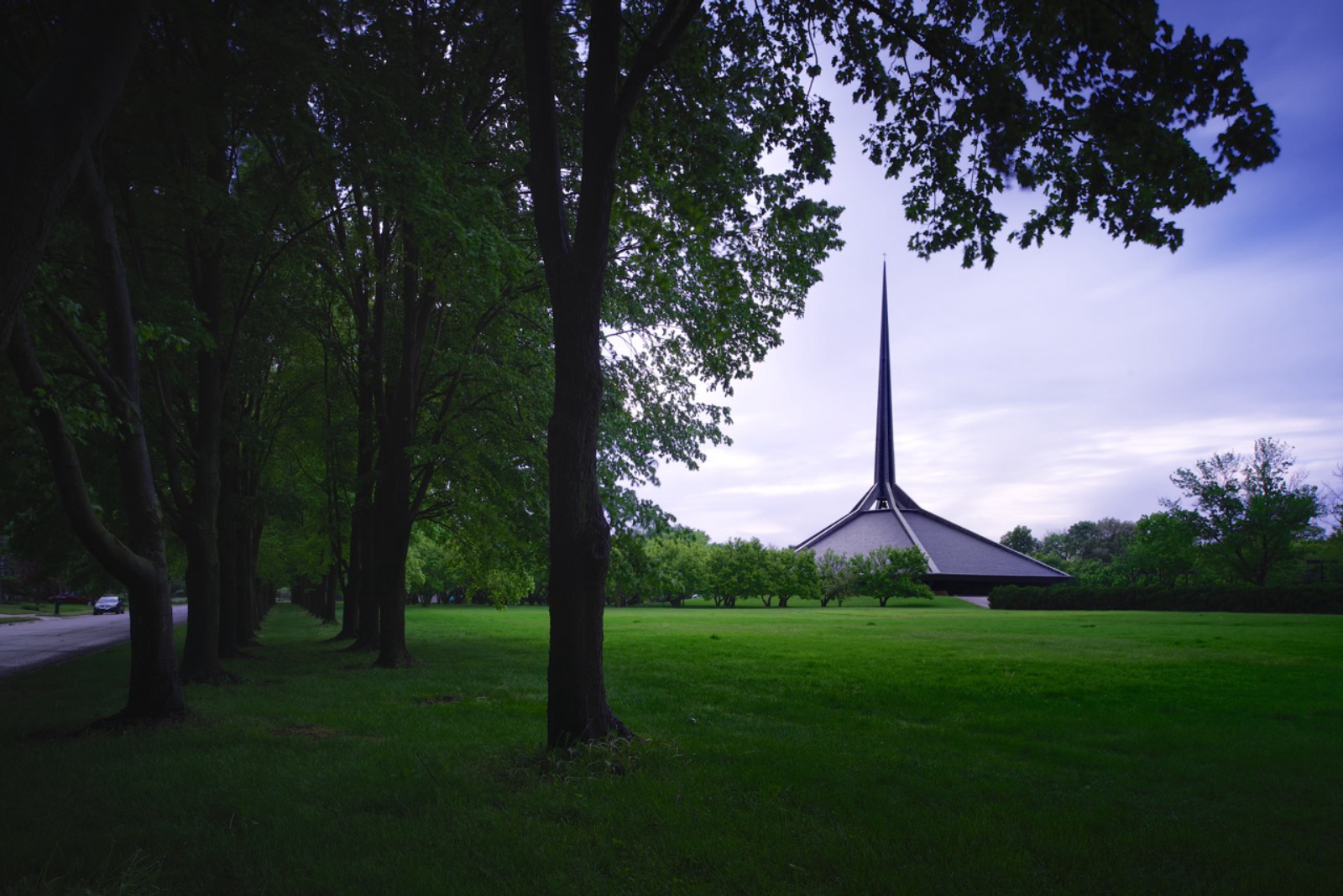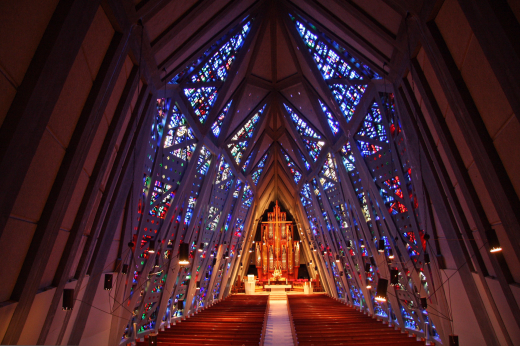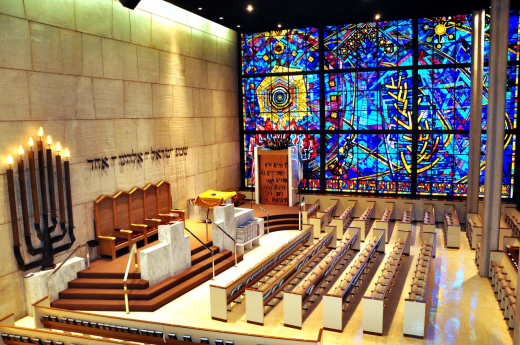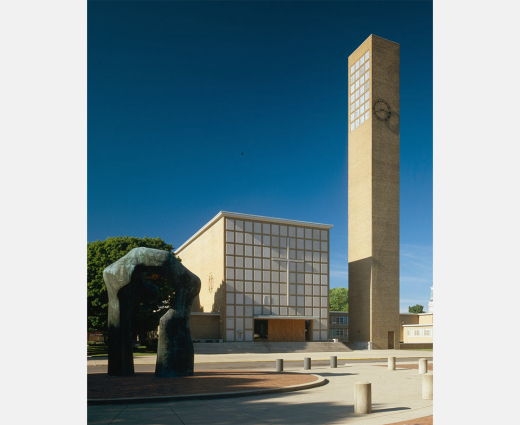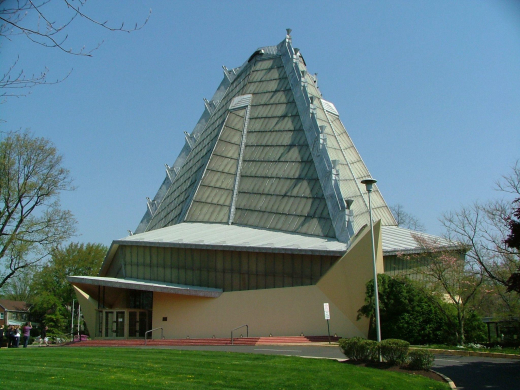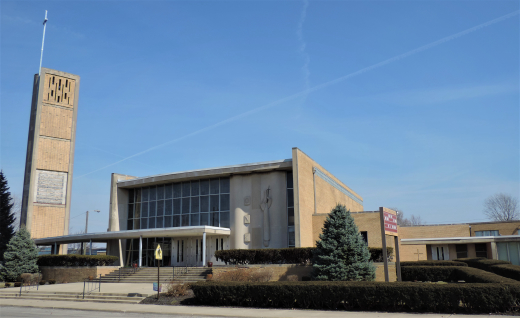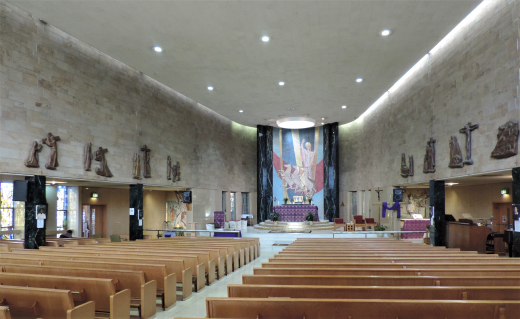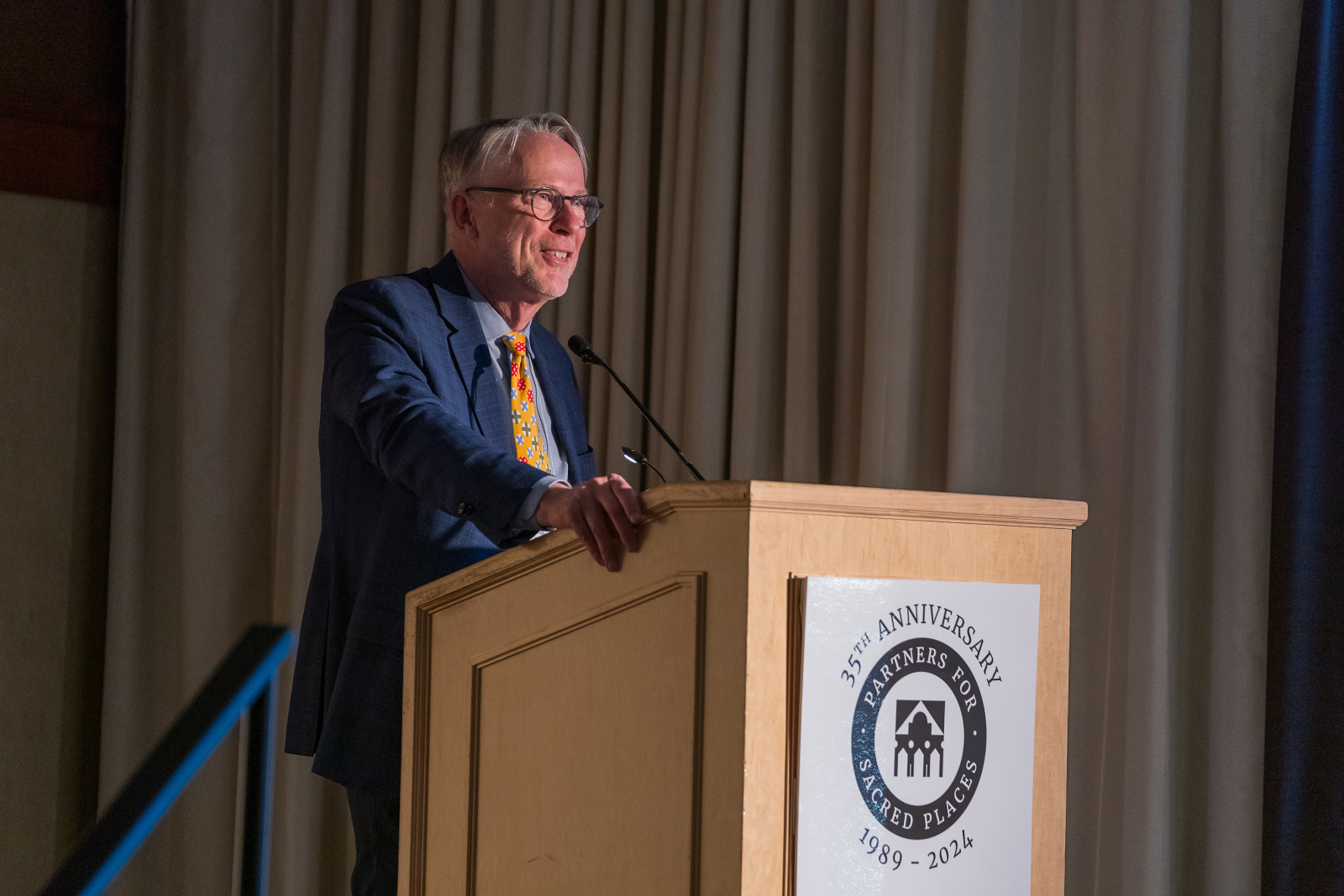We’re thrilled to welcome Partners for Sacred Places as the guest editor of this year's Special Edition Newsletter on Places of Worship. Recently, we took the opportunity to chat with Bob Jaeger, who co-founded Partners in 1989 and currently serves as its president, about the organization's work and his love of dalle de verre.
Mr. Jaeger has overseen the publication of a recent study on the Economic Halo Effect of older sacred places, and the development of programs to help congregations with internal capacity building, capital campaigns, engagement with the community, and the shared use of space. Mr. Jaeger holds a Master's degree in Preservation Planning from Cornell University and an MBA from the University of Michigan.
